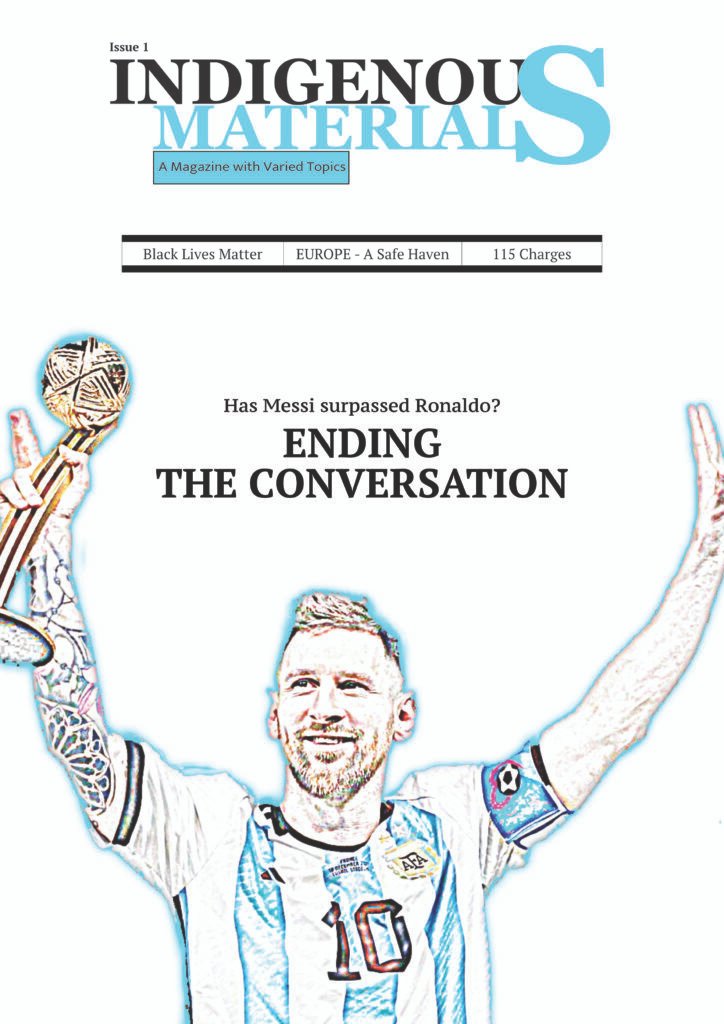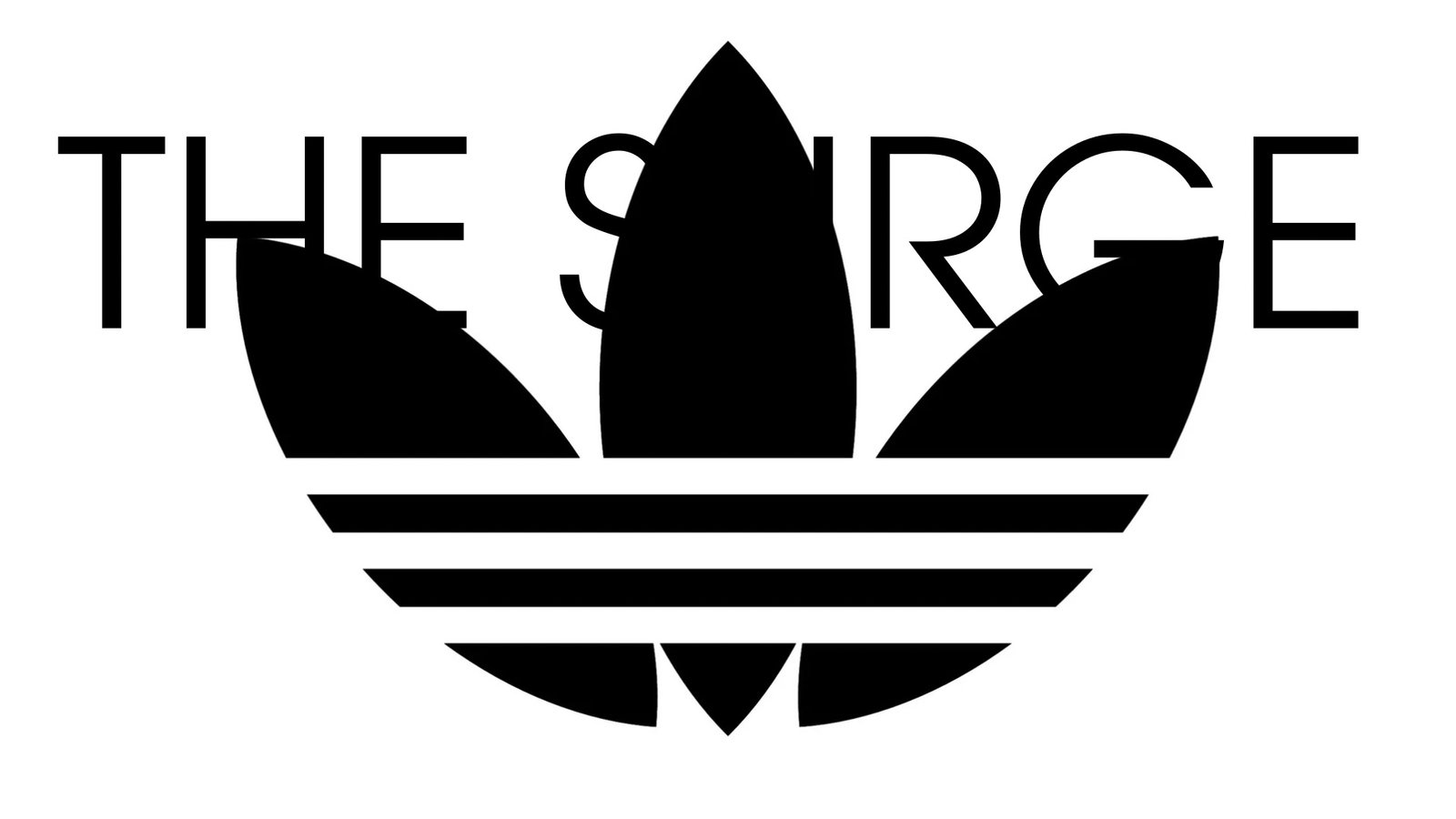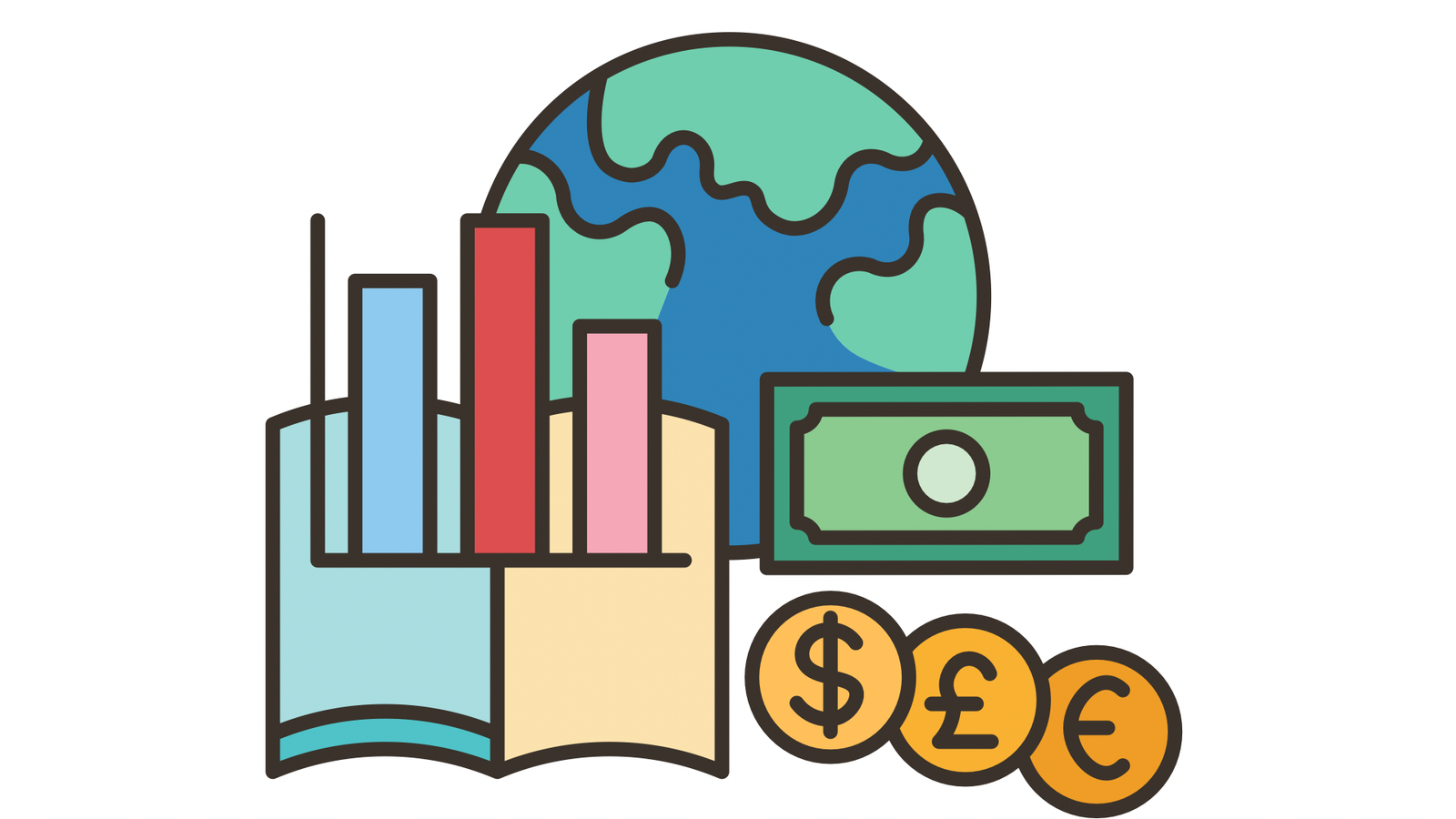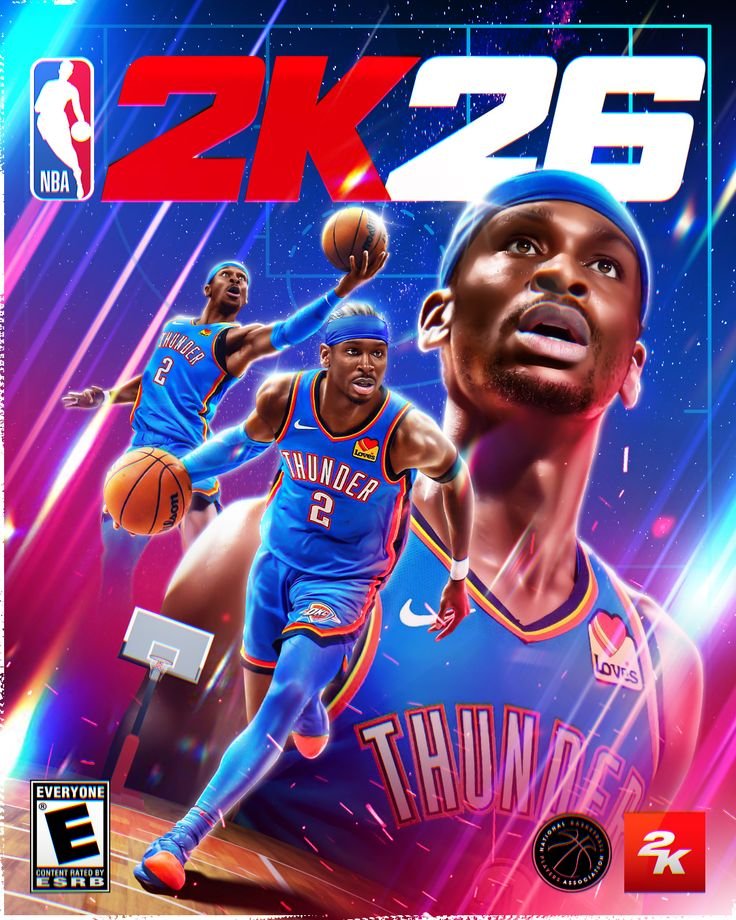Making strides with innovative product offerings
Adidas continues to surge, whilst Nike are trying to find it very difficult to capture the market. With recent sales of Nike declining, Adidas continue to show that they can make strides and improve their sales. Adidas continues to remake existing products , which is capturing the market and capturing new ideas in the marketplace, where people are finding it easier to consume their products than they are doing with Nike. As Nike’s image continues to fall, Adidas continues to surge in an incredible way by using the likes of influencers and celebrity endorsements, where people are starting to see that Adidas is more of a capable brand like it was never before. As Adidas continues to make more sales through the remake of Samba, Campus and even Superstar and increase their revenue in a dominant market.
For decades, Nike has been the global symbol of sportswear dominance, known for its innovation, performance, and style. Its “Just Do It” slogan became part of global culture, inspiring generations of athletes and everyday consumers. Yet, recent trends suggest that Nike’s once-unshakable grip on the market is beginning to loosen as the Jordan brand is forced to advertise and endorsements dry up in the domestic market especially in the NBA. Adidas, once considered its quieter rival, is now surging ahead through creativity, adaptability, and a sharper understanding of what modern consumers value.
The most noticeable shift comes from consumer connection. In today’s market, brand loyalty is no longer automatic. Younger audiences, especially Gen Z and Millennials, expect brands to reflect their personal values, sustainability, inclusivity, and authenticity and this is why the Adidas surge is working. Adidas has been quicker to adapt to this cultural change with these innovations of retro trainers. From eco-friendly materials in their trainers to collaborations with artists and designers who resonate with youth culture, Adidas has transformed itself into a lifestyle brand rather than just a sports brand. Nike, by contrast, has struggled to maintain that same emotional connection and that’s why their sales have declined in the third quarter in 2025.
Adidas has managed to claw back significant market share, particularly in Europe and Asia. The brand’s ability to continuously release fresh product lines such as the Adidas Samba revival or the Adidas Originals collection demonstrates its commitment to staying relevant. These products bridge the gap between sport, fashion, and street culture, allowing Adidas to appeal to a wider audience.
Nike’s challenges are partly self-inflicted. The company has relied heavily on its legacy image with the Jordan brand rather than reinventing itself for a new era. Product releases often feel repetitive, and its pricing strategies have alienated budget-conscious consumers. Moreover, controversies surrounding labour practices and creative stagnation have damaged its once-impeccable reputation. Where Nike once stood for aspiration and empowerment, it now risks being seen as out of touch.
Adidas, on the other hand, has mastered influencer culture. Partnering with celebrities such as Beyoncé, Bad Bunny, and Pharrell Williams has allowed the brand to reach audiences far beyond traditional sportswear consumers. These collaborations feel organic, blending music, fashion, and social consciousness. Adidas doesn’t just sell shoes; it sells identity. The success of the Yeezy line, even after the Kanye West partnership ended, illustrates how powerful brand storytelling and community engagement can be in today’s market.
Furthermore, Adidas has embraced digital transformation more effectively. Through virtual try-ons, immersive online experiences, and direct-to-consumer strategies, the company has made shopping more accessible and interactive. Nike’s digital offerings remain strong, but Adidas’s willingness to experiment and engage consumers on emerging platforms such as TikTok and Instagram has given it an edge among younger demographics.
Sustainability has also become a decisive battleground. Adidas’s commitment to eliminating virgin plastics and promoting recyclable materials has resonated with environmentally conscious consumers. The Adidas x Parley for the Oceans initiative, which turns ocean plastic waste into footwear, has become one of the brand’s most celebrated projects. In contrast, Nike’s sustainability messaging, while present, often feels like a corporate checkbox rather than a core philosophy.
What’s perhaps most striking is how brand perception has shifted. Once seen as the underdog, Adidas now feels like the brand of the future, adaptive, innovative, and culturally aware. Nike, though still a titan, risks becoming a relic of the past if it cannot evolve beyond its traditional identity. The market today rewards brands that listen, collaborate, and change direction when needed. Adidas’s resurgence proves that flexibility and creativity can dethrone even the biggest names.
In conclusion, the rivalry between Nike and Adidas is no longer about who makes the best sports gear, it’s about who understands the consumer better. Nike may have built the empire, but Adidas is now rewriting the rules. By combining innovation with inclusivity, sustainability, and cultural relevance, Adidas has positioned itself as the more forward-thinking brand in a world where identity and purpose matter more than logos. If Nike doesn’t adapt soon, the “Three Stripes” could very well outpace the iconic “Swoosh” in the race for global dominance.




